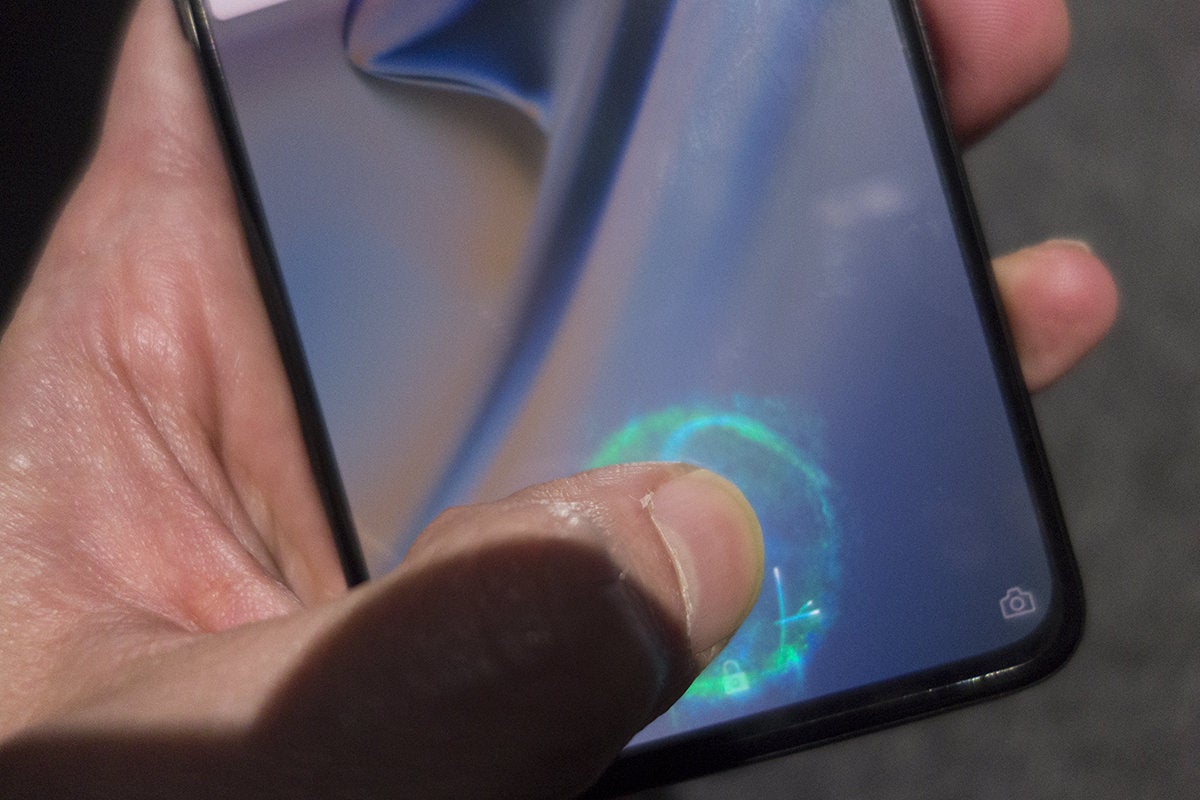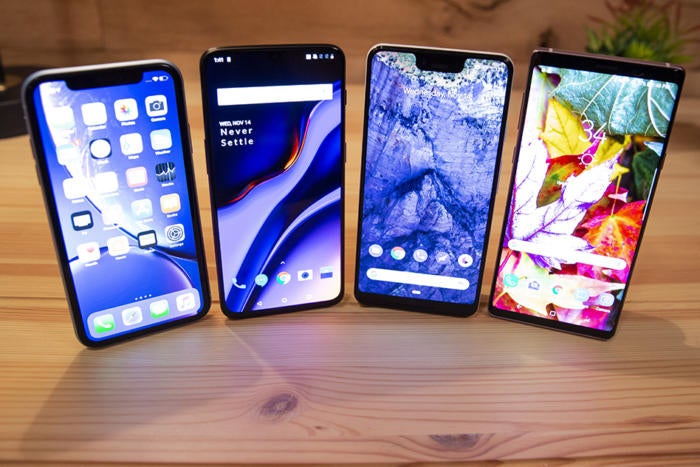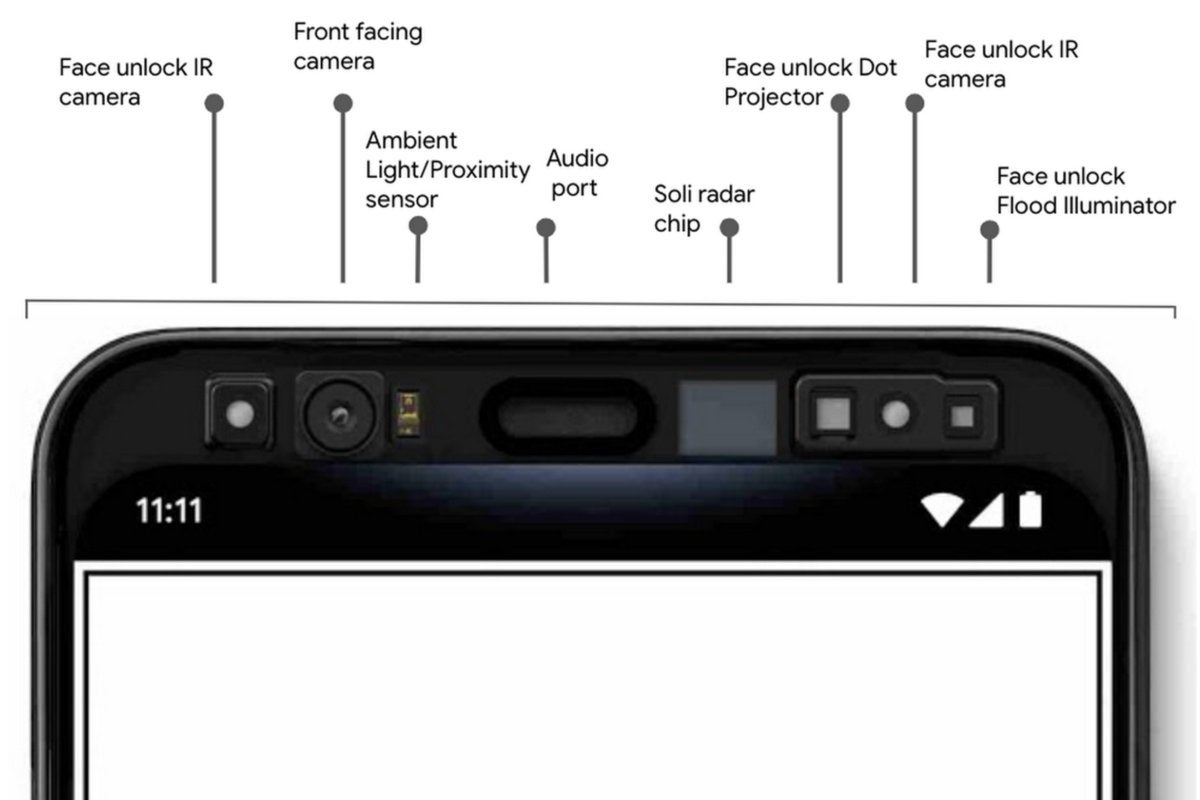Why the war on smartphone bezels is going too far - gomezhoughts
The battle to kill the smartphone bezel is going too uttermost. In hardly a few hours, Samsung will bring out the Galaxy Note 10, a gorgeous phone dripping with visual appeal mostly due to its bezel-inferior design.
It's not upright Samsung. Huawei, and One Plus all sell phones with curved screens that make the edges of the display seem much invisible at first glance. Pop-up cameras and notches have pushed displays to the crank-top of the frame. Just last week, Oppo unveiled its "waterfall" screen, featuring an 88-degree fold that much wraps the reveal around the side of the phone, dead the name of eliminating unsightly bezels conclusively.
And I'm finished all of it. I'll admit that Infinity Displays and Dewdrop screens play gorgeous renders—you need look atomic number 102 encourage than the leaked Note 10 shots to see that. But when you get along past the prettiness, the only thing that transparent bezels do is make our phones harder to use and easier to wear out.
Inferior bezel, more problems
The ambition, of course, is to establish the world's first completely bezel-fewer phone. Several companies have shown off pie-in-the-toss concepts that shift components and buttons gone from the screen, or under it—Oppo has already industrial an in-blind selfie photographic camera. Barely-there bezels are already a foretoken that you've paid more for your smartphone than you probably should, but the ultimate status symbolization will comprise owning the first phone with a 100-percentage screen-to-physical structure ratio.
 Christopher Hebert/IDG
Christopher Hebert/IDG Samsung dramatically shrunken the bezels along the Extragalactic nebula S10+ (right) as compared to the S9.
Once you get over the gorgeousness of curved glass, though, what are we really gaining with edge-to-sharpness displays? They're more breakable, and more prone to accidental touches.
In one case you've lost look-facing stereo speakers, iris scanners, and IR blasters, you've forfeit much of the character, excessively. Ever-shrinking handsets have even sacrificed battery capacity, complete in the name of bezel-disembarrass displays.
Now there's a good run a risk that selfie cams, too, are going to bewilder worse before they catch ameliorate. Oppo's in-screen photographic camera has a lower quality than usual selfie cams, so it relies on algorithms for things like haze removal, HDR, and white balance. Supported my experiences with machine picture taking that isn't powered by Google's AI, results sustain been to a lesser extent than major.
It's even so story: As smartphone companies strain to kayoed-innovate each other to create designs that look pretty in pictures, we're losing functionality and initiation along the way, let alone comfort. Bigger phones are already infelicitous to employ, but when you eliminate the bezels, it makes the phone that some harder to hold comfortably.
Apple's iPhone XS is beautiful or so the treacly smear. Compared to the Coltsfoot S10's hardly-there display edges, its two-mm bezels English hawthorn too be an inch coagulate. The iPhone XS is easier to delay, easier to unlock, and just every bit nice to look at, but Samsung would never dream of offer a flagship phone without an Infinity Display, even if victimization it is a balancing act between slippery and cumbersome.
Biometric partitioning
Disappearing bezels long agone claimed the below-screen fingermark sensor, too. For years Android phones have featured rise up-veneer sensors, a solvent that's acceptable but non always ideal. Now that's connected its fashio out, replaced by the cool-in-theory onscreen version.
I'm non sure these onscreen fingerprint sensors count Eastern Samoa build. I've tested several, and none are even remotely atomic number 3 good as a physical scanner. They're slower and clumsier, and at to the lowest degree half the time they simply don't work on the first few attempts.
 Michael Simon/IDG
Michael Simon/IDG In-display fingermark sensors may look futuristic, but they're a step backward.
Meanwhile, the development of onscreen sensors has meant Mechanical man phones lack anything that comes close to challenging Malus pumila's Expression ID. It's been intimately two years since Apple ditched the home button and Touch ID pro of the more convenient and secure facial recognition. The closest thing Android has to rival it is the time-of-flight of steps sensor in the LG G8.
It's clear that the all important close-gen biometric has taken a back out seat to sound makers' relentless outrag on bezels. Samsung even dumped the iris scanner on the S10 aft the bezel shrank overly untold for IT to fit.
 Christopher Hebert/IDG
Christopher Hebert/IDG The iPhone XR, left, has thicker bezels than the One Plus 6T, Pel 3 XL, and Galaxy Note 9, but it mightiness cost the best of the bunch.
The iPhone XR's 79-pct concealment-to-organic structure ratio pales in comparison to the S10+'s 89 percent, but loyalties aside, I'm willing to bet that nearly people would choose using Apple's entry-steady phone to Samsung's flagship. Even Samsung proved with the Galaxy S10e that a 2019 flagship with visible bezels can still be pretty, withal the best Android phones often end up being the most breakable and least comfortable.
Google to the deliverance
That's wherefore the Pixel 4 might be the most intriguing phone of 2019. Closing week, Google showed off one of the premier features of its upcoming handset, and it requires a bit more bezel than you'll find in the Note 10. To boot to a secure facial-recognition biometric, the Pel 4 will also include a new way to control your phone.
Google calls it Motion Sense. It uses a series of cameras, sensors, and a radar to let you perform common phone actions so much as skipping songs and snoozing alarms without needing to touch your phone's display. It's the kind of affair the you can't real underestimate until you try it, just I can safely tell this: Google is the only Mechanical man call up maker that designs its phones around routine, non form.
 Google
Google Google has crammed an align of cameras and sensors inside the Pixel 4's top bezel.
I've codified more than few articles bashing the Pixel's innovation, but now I'm thinking that peradventur Google is just playing a varied game. Following the launch of the Pixel 3a and what we've seen of the Pixel 4, that bezel-lumbering, utile intent International Relations and Security Network't a deficiency—it's a conscious decision. As much, the Pixel 4 could be the near civilized phone of the year, despite its lack of actual witch.
If you took a poll of smartphone users asking whether they would be consenting to sacrifice innovation, battery aliveness, functionality, and fragility for smaller bezels, I'm pretty sure that around 100 pct of responders would jubilantly need a couple millimeters of bezel. Information technology'll be interesting to see whether Google's stand against the curve testament remind the rest of the smartphone world that real beauty is only bezel-deep.
Source: https://www.pcworld.com/article/397858/smartphone-bezels-samsung-oppo-google-pixel-4.html
Posted by: gomezhoughts.blogspot.com


0 Response to "Why the war on smartphone bezels is going too far - gomezhoughts"
Post a Comment